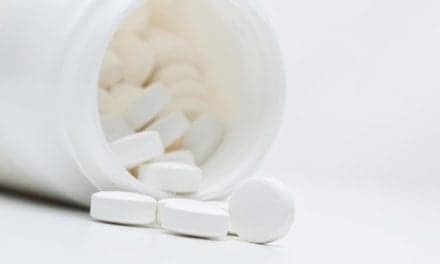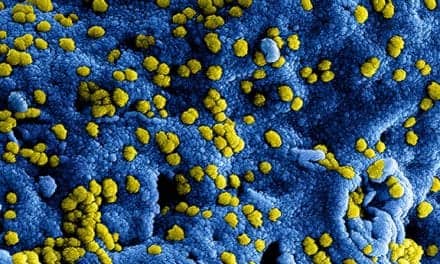Inhaled GP-101 (aerosol pirfenidone) offers measured advantages over oral therapy for pulmonary fibrosis, according to manufacturer Genoa Pharmaceuticals, who reported study results from McMaster University.
Utilizing the standard in vivo model of bleomycin-induced pulmonary fibrosis, the study found that small inhaled doses yielding high peak, short duration lung pirfenidone concentrations offers statistically greater anti-fibrotic efficacy than higher oral doses resulting in low peak drug exposure, according to the company. As these small inhaled doses also largely avoid the gastrointestinal tract, inhalation holds promise to reduce or eliminate gastrointestinal and systemic side effects observed with the oral medicine.
“The efficacy of inhaled pirfenidone on improving outcomes in the animal model is quite remarkable,” said Martin Kolb, MD, PhD, and associate professor in the Division of Respirology, within the Department of Medicine Pathology & Molecular Medicine at McMaster University.
“We observed stronger anti-fibrotic effects than with oral pirfenidone, notably at an equivalent tissue level, suggesting the compound reaches important tissue compartments better if administered by inhalation. Considering the resultant systemic dose was just a fraction of that seen following oral delivery, one would expect fewer adverse effects with inhaled GP-101, which would most likely improve patient compliance. This result certainly warrants further clinical evaluation of inhaled GP-101 in IPF patients.”









